Over the years as we have transitioned from film to digital, one phrase keeps popping up, “film look”. This was some mythical holy grail of image attributes that professional videographers tried to capture.Early video technology was hampered by small sensor sizes. Due to the physical properties of these sensors in relation to the lenses, we got a particular video look. Flat images with deep focus. The video look was like television, higher frame rates and everything in focus. This is much different from the lower 24 frames per second images with shallow depth of field and luscious bokeh. What is bokeh?
This is Bokeh:
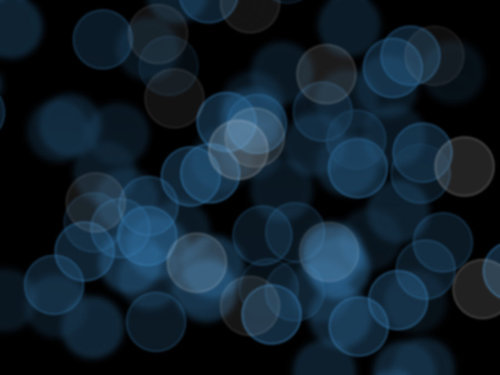
Not very clear, but bokeh is the circular patterns that out of focus pin points of light make.
To emulate the film look with a video camera, sensors became bigger (also helped with speed and resolution) and people added all kinds of different mechanisims to help get shallow depth of field.
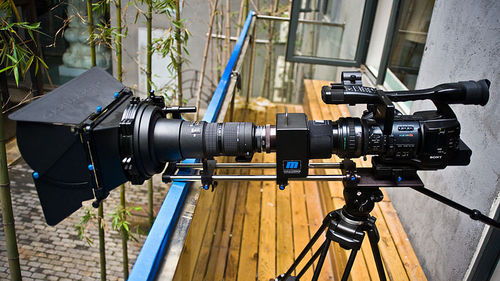
Cameras such as the 5D MKii were supposed to help obtain that elusive goal. Large sensor size, and amazing fast lenses make for gorgeous video. The pitfall is the compression. Wheras a video camera shoots 1080 pixels, the DSLR records a still image in full resolution that is 5616 pixels, so to compress that down and resize for 1080 video, Canon and other manufacturers use powerful compression algorithims.
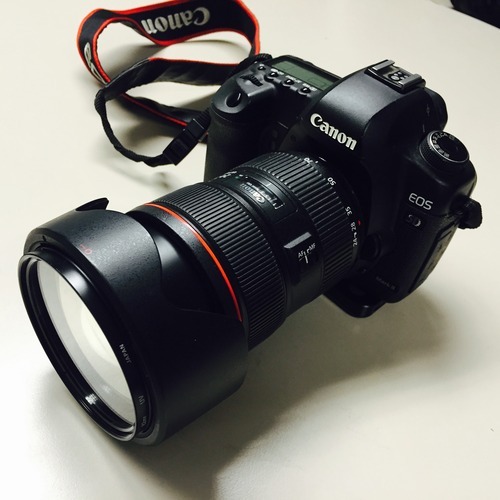

So what’s the problem you say? Well I did a set of video interviews and used my DSLR rather than the Panasonci HVX200 Video camera that I normally use. The HVX has a small 1/3 inch sensor. In the image below, you can see the relative size of the sensors: Yellow is HVX, black square is Canon DSLR sensor.


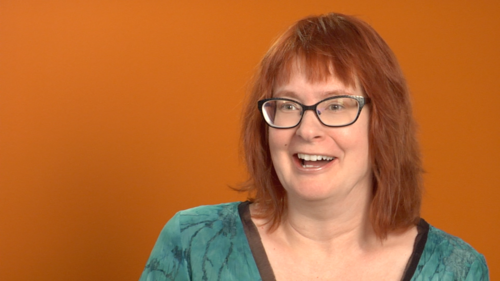

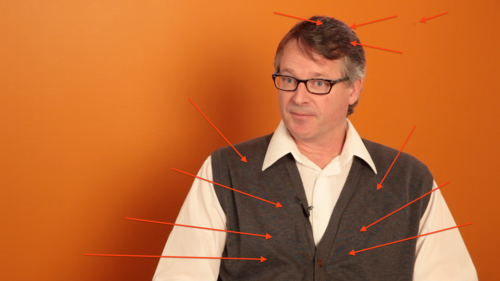
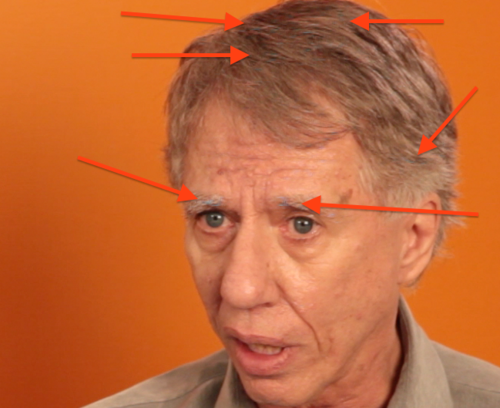
The arrows point to digital artifacts due to the codec messing up fine lines. The little grey squares dance around on Patricks eyes.
So from now on I will be using my trusty Panasonic.